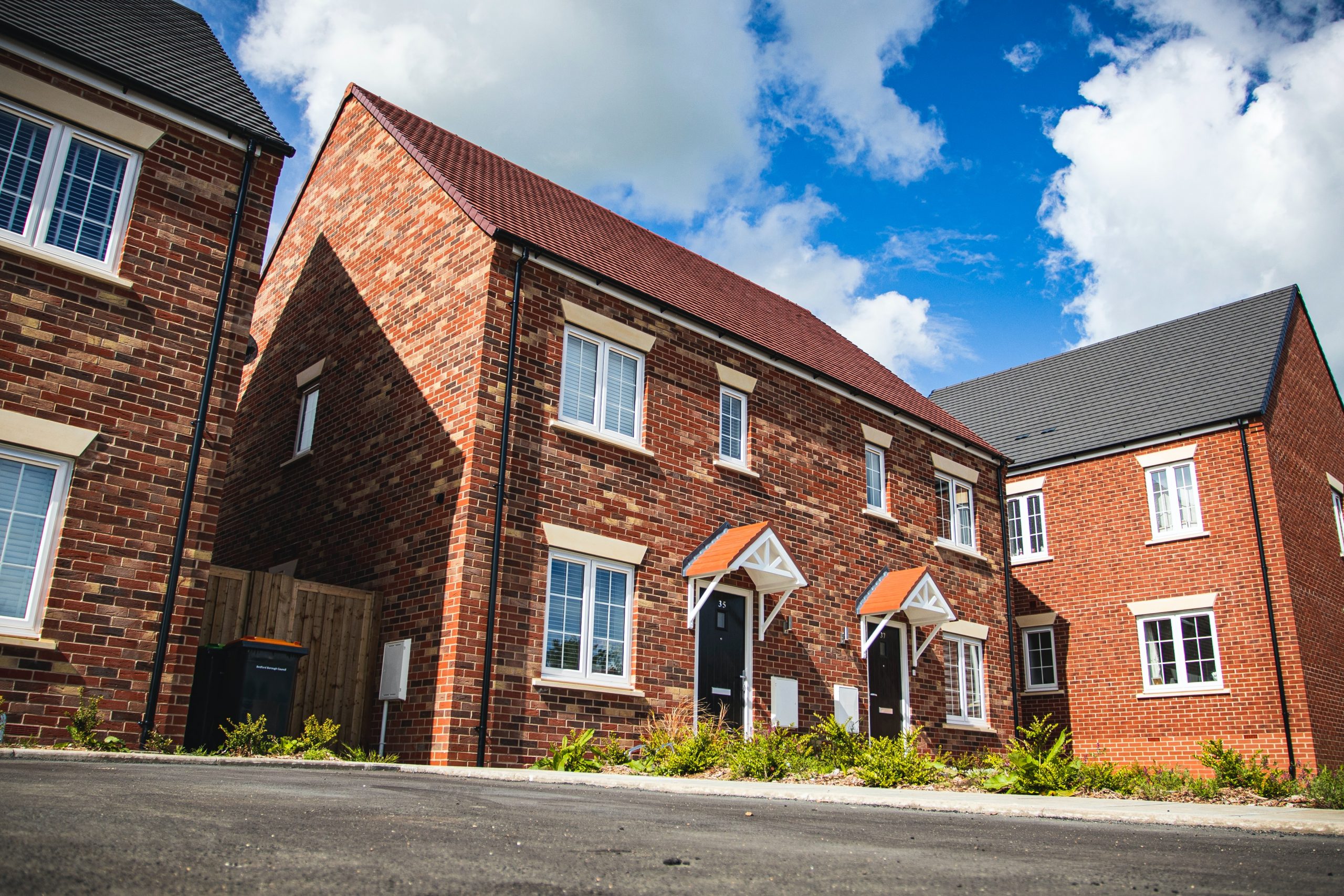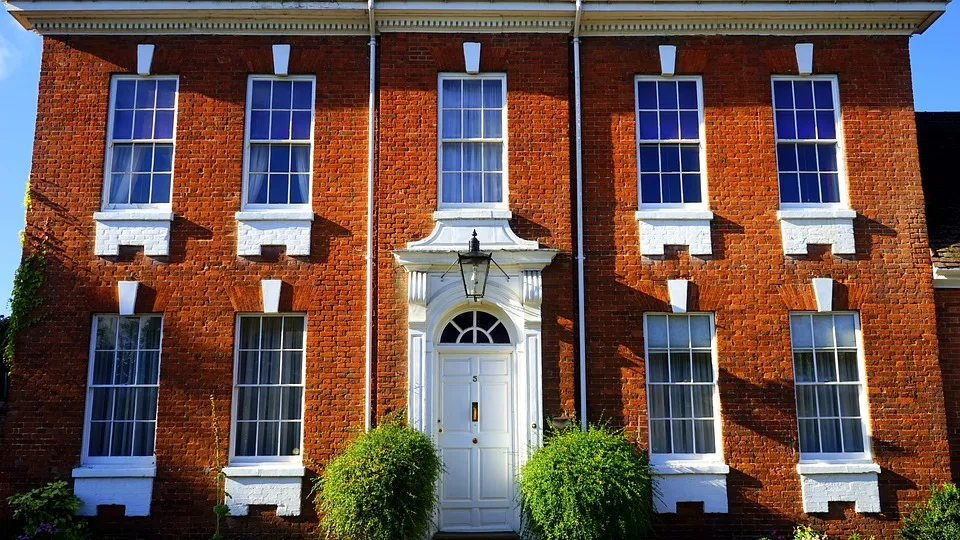For anyone thinking of buying or selling property in 2023, it is a good idea to take stock of what the property experts are predicting for the year ahead. Many people are asking the question – will house prices fall in 2023 and is it a bad time to sell? The other major concern is what type of mortgage to take out for homeowners whose fixed rates end in 2023.
This article provides a summary of forecasts from some of the top property experts, which should help you to understand how the property market could impact you in 2023.
What is the current property outlook?
Heading into 2023, there are early suggestions that the property market could be in for the biggest house price fall since 2008. The combination of high mortgage interest rates and the cost of living crisis are adding up to a possible property value crash. Of course, experts have shared forecasts of property market declines before, which were never realised, but there is a growing number of signs that the UK is bracing for significant house price falls.
Throughout the pandemic, many homeowners saw their property value grow substantially due to the housing boom, with the stamp duty holiday helping to boost the property market following the slowdown during lockdowns. Now many experts are forecasting that the bubble is about to burst.
At the end of 2022 the property market had already shown indications of a declining trend. In November, the average house price dropped by 2.3%, which was the biggest drop since 2008. December marked the fourth consecutive month of declining property prices, which was also the longest run since 2008.
Savills Estate Agents are predicting that house prices will fall by 10% during 2023. Halifax are predicting a similar figure of 8%, while Nationwide are expecting a less extreme fall, predicting a 5% drop before the market stabilises to just below pre-pandemic levels.
Mortgage interest rates
Following the mini-budget in September, many lenders removed mortgage products from the market, leaving many potential property buyers unable to get onto the property ladder. Mortgage rates soared to over 6%, while the average five-year fixed rate stands at 5.6% at the start of 2023, which is considerably higher than interest rates were at the same time last year. With mortgage rates at a much higher rate than they have been in recent years, people are being priced out of getting onto the property ladder or buying a bigger home, preferring to wait to see if mortgage rates start to come down again. Prospective buyers are being cautious, as they are worried about a potential house price crash that could leave them in negative equity.
This is reflected in the 28% year-on-year reduction in property sales reported by Zoopla in December 2022.
This slowdown in property sales and reduction in demand impacts the house prices, with sellers being forced to reduce asking prices to enable them to secure the sale. Zoopla recently shared that sellers had reduced the asking price by an average of 4% in December 2022 to achieve a sale.
There will be some exceptions of sellers who will not be forced into reducing asking prices, for example, where there is a higher demand for a certain property type or properties in a much-sought-after location, which we discuss further on in this article.
Contact us today to speak with a specialist Commercial Finance Broker to discuss how we can assist you
Cost of living crisis
The UK has been experiencing an ongoing cost of living crisis, with inflation increasing at a higher level than wages. UK households are dealing with exceptionally high energy bills, as well as price increases on fuel, groceries and many other living costs. The inflation rate is expected to ease later on in 2023, which should, in theory, improve the finances for many UK households and provide more disposable income that could be used for buying property.
Remortgaging options – fixed rate or variable?
According to the Office for National Statistics, more than 1.4 million households in the UK will face increased rates as their mortgage renewal is due in 2023. It is a worrying time for homeowners who have been on a lower fixed rate for several years, who now face the decision of whether to enter another fixed rate term or to opt for the unpredictability of a variable rate mortgage.
Around 57% of the fixed rate mortgages that are coming to an end in 2023 were on fixed rates of below 2%, so moving onto rates of between 4% – 6% will be a huge financial burden for so many. Any homeowners who may have been considering moving into a bigger property are likely to be put off by the current interest rates, further reducing the demand for properties and impacting house prices.
As homeowners approach the end of their fixed mortgage, they have to make the choice of being tied down to a higher rate mortgage for 2 or more years or take more of a gamble by choosing a variable rate mortgage in the hope that rates will start to fall in the near future. Mortgage advisers are being inundated with queries about which option will be more financially beneficial, but it is too difficult to forecast when the mortgage rates will start to fall.
Shortage of housing stock
The continued shortage of housing stock shows no signs of being resolved, with the government currently failing to meet targets to build 300,000 new homes each year. The shortage of new houses being built, coupled with high mortgage rates and increased living costs is likely to keep the rental property market buoyant. With more would-be homeowners choosing to wait to buy a property, this is expected to further increase the demand for rental properties.
Regional variations in house prices
While many experts are predicting a slide in house prices, rather than a crash, there are some areas of the UK and property types that should buck the trend. Over the last few years, there has been a surge in demand for properties that are in more rural locations, allowing people to spend more time outdoors and buyers are also looking to purchase more spacious properties. Semi-detached properties and terraced houses are the most in demand, with flats at the lower end of demand.
With many home buyers having more flexibility around their working location, some buyers in 2023 will be reviewing the options of buying properties in areas where they can get more for their money. Over the last few years, the North of England has become popular with buyers who are not tied to one location for work and with an increased population of people working from home compared to pre-pandemic, this trend looks set to continue.
Cheaper property prices in the North of England have been attracting property investors who can build up their property portfolio faster by purchasing cheaper options than areas such as London and the South-west of England. However, mortgage rate increases will have a big impact on property investors who do not have capital for property purchases and need to take out mortgages.
Read about the UK Housing Market via our Specialist Residential & Buy to Let Division.
Property investment
The high mortgage interest rates at the start of 2023 are bad news for investors who were planning on taking out buy-to-let mortgages to boost their property portfolios, and investors are likely to be more cautious in 2023 until rates start to fall. However, if there is a house price crash, this will present excellent opportunities for both residential buyers and property investors who can take advantage of lower property prices.
Property investors can gain a return on investment from both their rental yields and any house value increases that occur while they own a property, so even if house prices fall over the next year or so, there is still a good chance that there will be generous capital growth over several years. With a high demand for rental properties, there should also be less voids and the ability to charge high rental yields.
Conclusion
While there is a large number of property experts predicting a significant fall in house prices in 2023, this can help many people to get onto the property ladder once mortgage rates start to fall, which is expected to happen over the course of the year. However, at the start of the year while mortgage rates are still high, prospective first-time buyers and homeowners looking to upsize are being cautious and waiting to see if mortgage rates fall.
Homeowners who saw a large increase in house value since the pandemic could stand to lose those gains, unless they are able to secure a sale before house prices start to fall.
Property investors who do not have to borrow money from mortgage lenders to buy property will be eagerly awaiting the predicted house price falls, but overall, estate agents can expect to have a quieter start to the year for house sales until momentum picks up again when mortgage rates start to fall.








